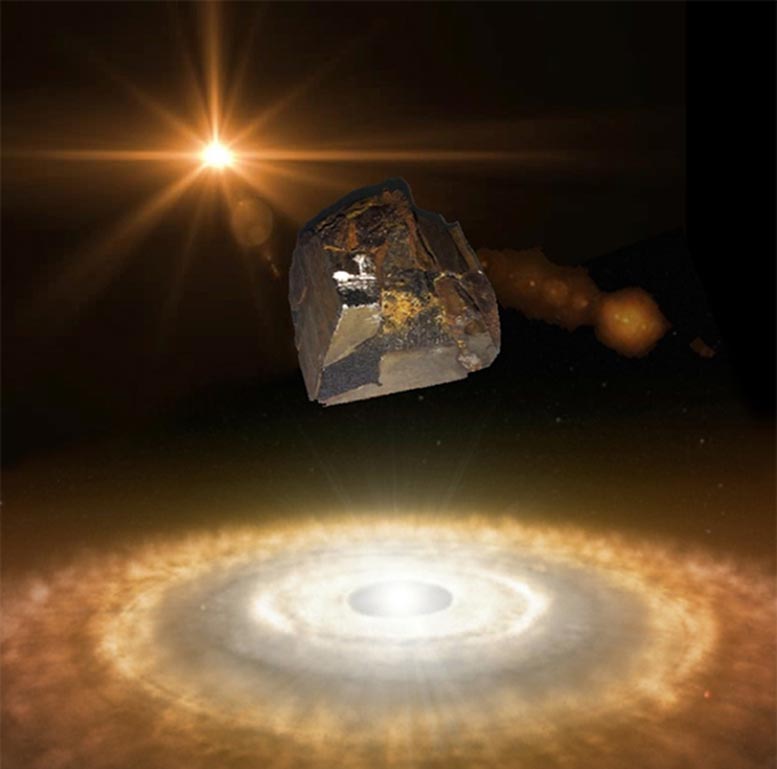
Artistic rendition of a piece of the Mundrabilla meteorite over a protoplanetary nebula; Mundrabilla over Galaxy 4. Image courtesy of James Wampler, UC San Diego (Lens flare from: shutr.bz/3bpa4LV; Galactic disc from L. Calcada/ESO: bit.ly/2Uv6vNt bit.ly/2QGjzyC; Chunk of Mundrabilla, image by James Wampler)
Scientists at UC San Diego and Brookhaven Laboratory in New York went searching for superconducting materials where researchers have had little luck before. Setting their sights on a diverse population of meteorites, they investigated the 15 pieces of comets and asteroids to find “Mundrabilla” and “GRA 95205”—two meteorites with superconductive grains.
While meteorites—due to their extreme origins in space—present researchers with a wide variety of material phases from the oldest states of the solar system, they also present detection challenges because of the potentially minute measurability of the phases. The research team overcame this challenge using an ultrasensitive measurement technique called magnetic field modulated microwave spectroscopy (MFMMS). Details of their work are published in Proceedings of the National Academy of Sciences (PNAS).
In their paper, UC San Diego researchers Mark Thiemens, Ivan Schuller, and James Wampler, along with Brookhaven Lab’s Shaobo Cheng and Yimei Zhu, characterize the meteorites’ phases as alloys of lead, tin, and indium (the softest non-alkali metal). They say their findings could impact the understanding of several astronomical environments, noting that superconducting particles in cold environments could affect planet formation, shape and origin of magnetic fields, dynamo effects, motion of charged particles, and more.
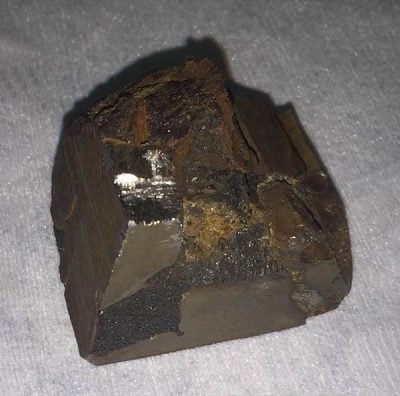
Superconductive grains were found in this piece of the Mundrabilla meteorite, the first identification of extraterrestrial superconductive grains. Credit: Image courtesy of James Wampler
“Naturally occurring superconductive materials are unusual, but they are particularly significant because these materials could be superconducting in extraterrestrial environments,” said Wampler, a postdoctoral researcher in the Schuller Nanoscience Group and the paper’s first author.
Schuller, a distinguished professor in the Department of Physics with expertise in superconductivity and neuromorphic computing, guided the methodological techniques of the study. After mitigating the detection challenge with MFMMS, the researchers subdivided and measured individual samples, enabling them to isolate the grains containing the largest superconductivity fraction. Next, the team characterized the grains with a series of scientific techniques including vibrating sample magnetometry (VSM), energy dispersive X-ray spectroscopy (EDX), and numerical methods.
“These measurements and analysis identified the likely phases as alloys of lead, indium, and tin,” said Wampler.
According to Thiemens, a distinguished professor of chemistry and biochemistry, meteorites with extreme formation conditions are ideal for observing exotic chemical species, such as superconductors—materials that conduct electricity or transport electrons without resistance. He noted, however, the uniqueness of superconductive materials occurring in these extraterrestrial [minor] planets.
“My part of the project was to determine which of the tens of thousands of meteorites of many classes was a good candidate and to discuss the relevance for planetary processes; one from the iron-nickel core of a planet, the other from the more surficial part that has been heavily bombarded and was among the first meteorites where diamonds were observed,” said Thiemens.
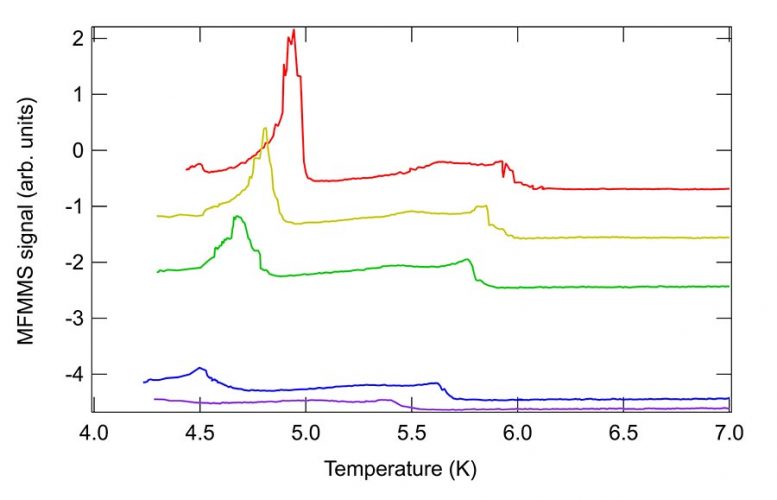
MFMMS data shows superconductivity in Mundrabilla meteorite grains at 5K. Credit: Image courtesy of James Wampler
According to the cosmological chemist, who has a meteorite named after him—Asteroid 7004Markthiemens—Mundrabilla is an iron-sulfide-rich meteorite from a class formed after melting in asteroidal cores and cooling very slowly. GRA 95205, on the other hand, is a ureilite meteorite—a rare stony-like piece with unique mineral makeup—that underwent heavy shocks during its formation.
According to Schuller, superconductivity in natural samples is extremely unusual.
“Naturally collected materials are not phase-pure materials. Even the simplest superconducting mineral, lead, is only rarely found in its native form,” Schuller explained.
The researchers agreed that they knew of only one prior report of natural superconductivity, in the mineral covellite; however, because the superconducting phases they report in the PNAS article exists in two such dissimilar meteorites, it likely exists in other meteorites.
Reference: “Superconductivity found in meteorites” by James Wampler, Mark Thiemens, Shaobo Cheng, Yimei Zhu and Ivan K. Schuller, 23 March 2020, Proceedings of the National Academy of Sciences.
DOI: 10.1073/pnas.1918056117
This study was supported by the Air Force Office of Scientific Research (grant FA9550-14-1-0202); and the UC San Diego Chancellors Associates. Transmission electron microscopy work at BNL was supported by the U.S. Department of Energy, Office of Basic Energy Science, Division of Materials Science and Engineering (contract no. DE-SC0012704).

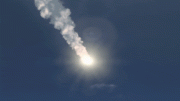
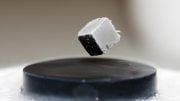

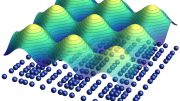
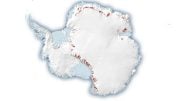



“This article introduces magnetic field modulated microwave spectroscopy (MFMMS) as a unique and high-sensitivity technique for use in the search for new superconductors. MFMMS measures reflected microwave power as a function of temperature. The modulation induced by the external ac magnetic field enables the use of phase locked detection with the consequent sensitivity enhancement. …
The use of a technique that can detect superconductivity selectively and with very high sensitivity would enable probing of all present phases in a sample at the same time. Superconducting quantum interference device (SQUID) magnetometers typically can detect a few micrograms of superconducting materials; however, they are also sensitive to all types of magnetic responses as well as contributions from the sample environment. This can lead to data misinterpretation and minor superconducting signals can be missed. Electrical transport measurements can only be done in continuous samples since percolation of the supercurrent is needed in order to obtain zero resistance. These kinds of difficulties can be overcome with an alternative technique; magnetic field modulated microwave spectroscopy (MFMMS) which is based on the measurement of the field derivative of the microwave absorption as a function of temperature. …
MFMMS is a high-sensitivity technique capable of detecting volumes of superconducting phases as small as 10−12 cm3 even in discontinuous samples, …”
[ https://iopscience.iop.org/article/10.1088/0034-4885/77/9/093902?pageTitle=IOPscience ]
Figure 5 (c) of the field derivative of the microwave absorption as a function of temperature is a close match to the figure of the (likely) same in Mundrabilla grains.